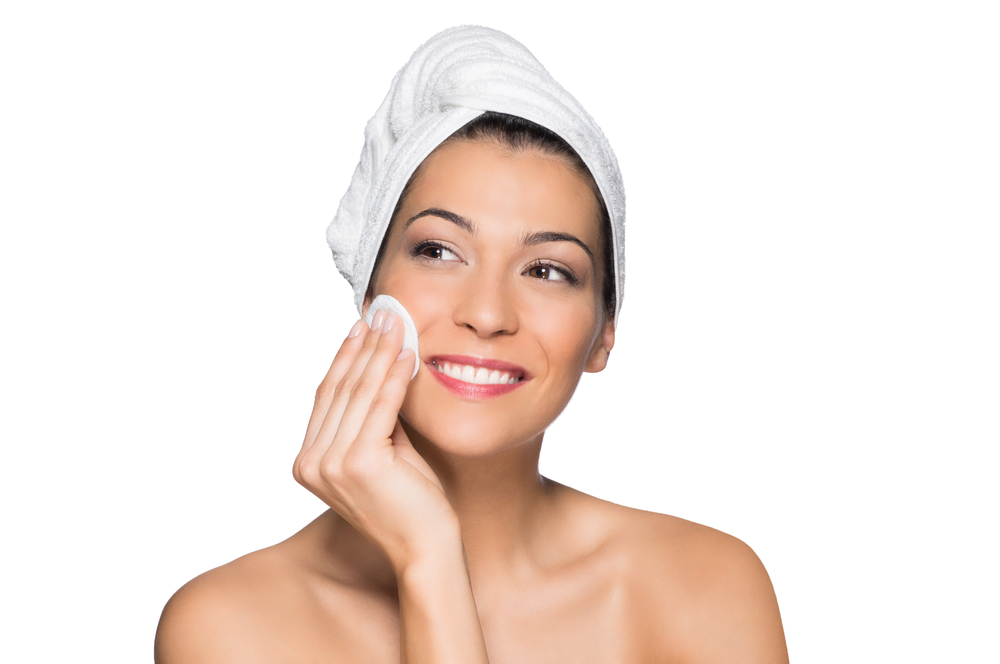AHAs and BHAs – What are they all about?
 If you’re even a little bit conscious about your skin, you’re aware of terms like AHA and BHA. You’ve probably heard them being tossed around every now and then as well. This is because both terms are commonly used with chemical exfoliators. This post helps you to understand the key differences between AHAs and BHAs and understand which solution to choose based on your skin tone.
If you’re even a little bit conscious about your skin, you’re aware of terms like AHA and BHA. You’ve probably heard them being tossed around every now and then as well. This is because both terms are commonly used with chemical exfoliators. This post helps you to understand the key differences between AHAs and BHAs and understand which solution to choose based on your skin tone.
Alpha Hydroxy Acid (AHA)
Alpha Hydroxy Acid, popularly known as AHA, simply acts as the dead skin detacher. Let’s say that your skin cells were joined to each other by a special type of glue. The AHA acts as an unfastner which removes or loosens up the glue to allow the dead skin cells to leave your skin. AHA is usually found in three forms – Gylcolic, Lactic and Mandelic.
- Gycolic AHA is the most common form of AHA. It has an extremely small molecular structure which makes it highly potent and very effective. However, the smaller molecular structure also makes it mildly irritating.
- Lactic AHA is the next best thing in the world of AHAs. It has a larger molecular structure and is an ideal solution for people with sensitive skin. Lactic AHA is also known to have excellent humectants properties.
- Mandelic AHA is the rarest form of AHA available. It has the largest molecular structure, which makes it less irritating and more time consuming. Mandelic AHA is also known to have anti-microbial and anti-bacterial properties.
Numerous studies have shown that AHAs can help to make the skin more elastic, boost the collagen production as well as increase the dermal thickness. They also have humectants properties which allows them to lock the moisture content in the skin. However, using an AHA makes your skin more photosensitive. Therefore, you need to make sure that you sport a broad spectrum sunscreen that offers an SPF of 30 every single day. AHAs are the ideal solution for people with sun damaged skin, aged skin, uneven toned skin, dry looking skin and dull looking skin. You should ideally be using AHA products three times every week.
Beta Hydroxy Acid (BHA)
Beta Hydroxy Acid, also known as BHA, are much more complicated when compared to AHAs. They work by degunking your skin. What this essentially means is that BHAs penetrate into the inner layers of your skin and work their wonders from within. The main job of BHAs is to deep cleanse the skin and remove the excessive oil build up from the pores. This makes BHAs an ideal option for people with acne prone skin and oily skin. However, certain BHAs can also trigger major allergic reactions in your body. The most common form of BHA is the Salicyclic acid. It doesn’t have any humectant properties and it also leads to the drying of the skin.
However, it is much more gentle when compared to other BHA treatments. Even though there is no concrete proof, it is widely believed that BHAs do not increase the skin’s sensitivity to sun exposure. Remember, if you’re new into the world of BHAs it always helps to start off slowly and always try the product on a small patch of your skin before you proceed. This helps you to find your tolerance levels and stick to it. Apart from people with oily and acne prone skin, those suffering from breakouts, blemishes and blackheads can also use BHAs and expect it to perform wonders for their skin.

